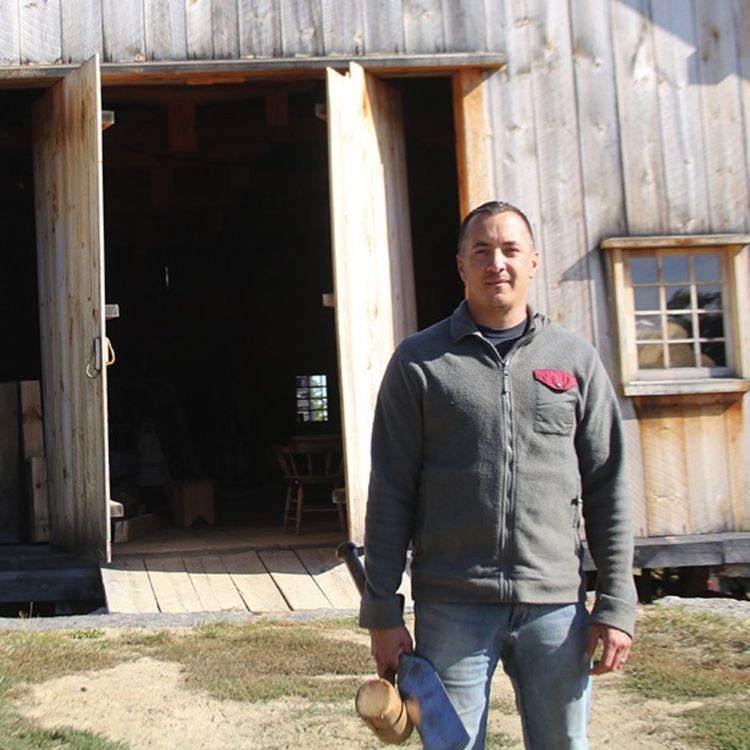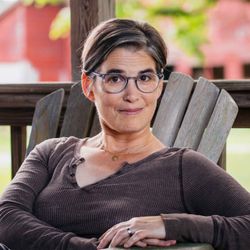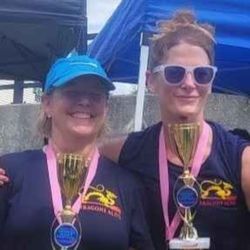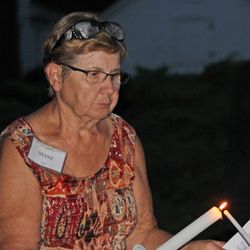Share

Other Voices
Timothy Rau — "Nothing more honest than a timber frame"
Timothy Rau, mallet in hand, stands in front of the post-and-beam barn he built for his wedding. He learned how to make mortise-and-tenon joints from his grandfather, the late Everett Rau, to create a timber frame for a sign that announces the name of their Guilderland farm. He’s hardly stopped since, and now owns the New World Barn Company, which both restores ancient structures and builds new ones in traditional ways. He says in this week’s podcast, that he was inspired by the words of John Ruskin, the Victorian English art critic and philosopher: “When we build, let us think that we build forever. Let it not be for present delight nor for present use alone. Let it be such work as our descendants will thank us for; and let us think, as we lay stone on stone, that a time is to come when those stones will be held sacred because our hands have touched them, and that men will say, as they look upon the labor and wrought substance of them, ‘See! This our fathers did for us.’” Rau is saddened that the 1833 house that Altamont’s first doctor, Frederick Crounse, lived in and practiced from is to be demolished. The town of Guilderland and the village of Altamont together purchased it for $40,000 in back taxes in 2006 and then let it languish. The municipalities have each set aside $50,000 to demolish it. Rau would like to work with the demolition crew to save at least the post-and-beam frame with the idea it could be rebuilt elsewhere, perhaps at the Altamont fairgrounds where the public could appreciate it and learn from it. "There's nothing more honest than a timber frame," he says. "Everything is there for you to see — the marvel and the awe."
More episodes
View all episodes

GleeBoxx creator Shreya Sharath wants forgotten people to feel seen
25:36|Each box includes a note she wrote. Sharath read one to The Enterprise: “Even in difficult times, hope can be a light in darkness. Know that you are deserving of support, compassion, and a better tomorrow. Stay safe, take care of yourself, and never forget that you matter.” Read more at altamontenterprise.com.

Kate Cohen says, to save the country, atheists should make themselves known
43:25|altamontenterprise.com
Daughter and mother coach dragon-boat paddlers
31:33|Anna Judge and Louisa Matthew realize they live in an ageist and sexist society — but, with generous spirits, they are paddling against the current. The mother-daughter duo together coach a crew of dragon boat paddlers. Matthew, the mother, is an art professor at Union College. Judge, her daughter, is a certified personal trainer who led her mother into the sport. “A dragon boat is a 40-foot long, very narrow racing boat,” explains Matthew in this week’s Enterprise podcast. “That became standardized in the 20th Century but it’s based on a thousands-year-old Chinese tradition of racing the big rivers in China.” A dragon boat has 20 paddlers, two to a seat, with a person in the stern who steers and a person in the bow signaling directions, traditionally by drumming. “It’s the national sport of China,” said Judge “so it’s quite big in Asia and has subsequently spread to Australia, New Zealand, and Europe.” It came to the United States through Canada, she said, citing the work of a doctor in British Columbia who changed prevailing medical opinion on exercise for breast-cancer survivors.
Lyon Greenberg: A doctor takes a long view of his farm and his life’s journey
27:57|altamontenterprise.com


Angelica Sofia Parker and Elca Hubbard prepare for a pageant while supporting each other
27:03|https://altamontenterprise.com/07242023/angelica-sofia-parker-and-elca-hubbard-prepare-pageant-while-supporting-each-other
Diane Luci learned empathy as a child and uses it to mend a rent society
37:16|altamontenterprise.com